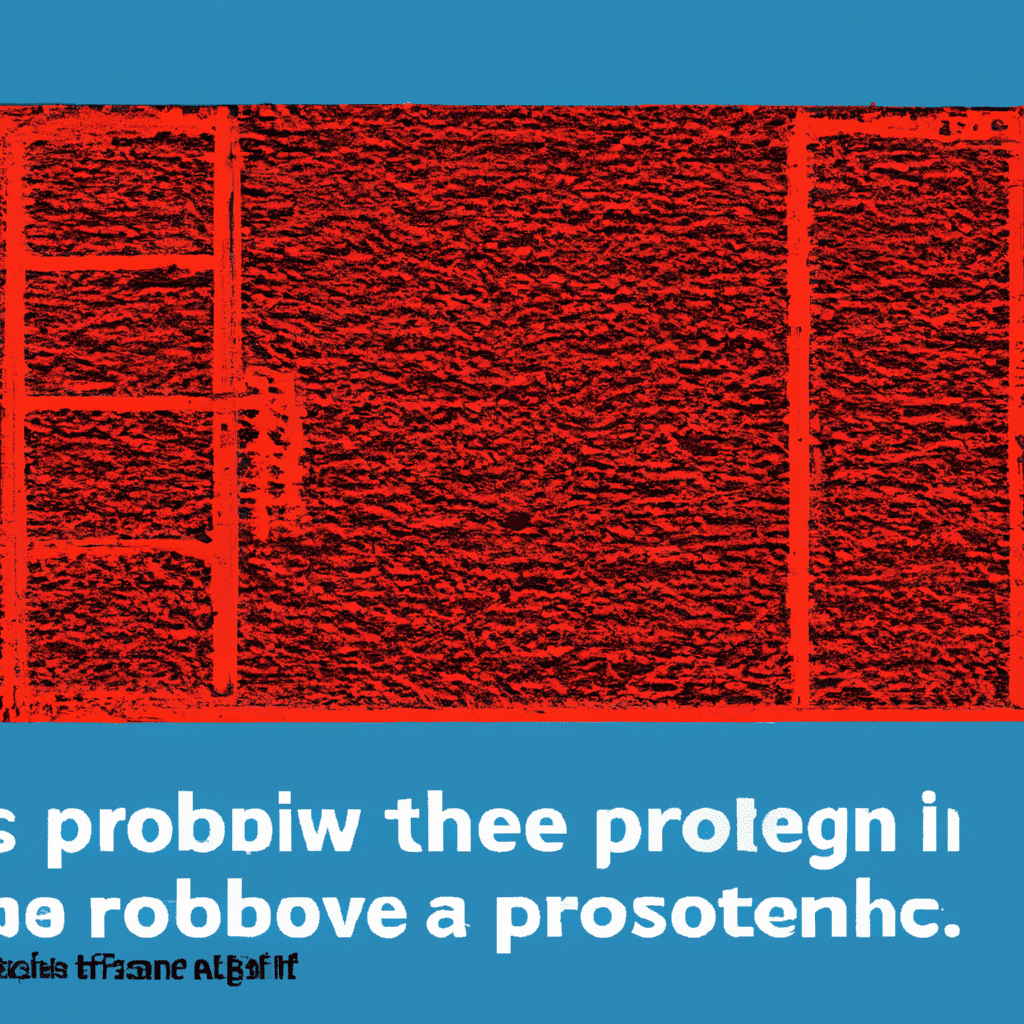So you’re wondering if it’s possible to update your existing windows to withstand impacts? It’s a question that many homeowners ask when looking to improve the safety and security of their homes. Well, the good news is that retrofitting your current windows to be impact-resistant is indeed a possibility. In this article, we will explore the different options available to you and provide some guidance on the factors you should consider before making a decision. By the end, you’ll have a clearer understanding of whether retrofitting your windows is the right choice for you.

Factors to Consider
Window Type
When considering retrofitting options for your windows, it’s important to first understand the type of windows you currently have. Different types of windows have varying capabilities when it comes to impact resistance. For example, single-pane windows provide minimal protection against impacts and severe weather, while double-pane windows offer a higher level of resistance. Understanding the type of windows you have will help you determine the most suitable retrofitting option.
Frame Material
The frame material of your windows also plays a crucial role in determining the feasibility of retrofitting. Vinyl, aluminum, and wood are common frame materials used in windows, and each has its own advantages and limitations. Some retrofitting options may be more compatible with certain frame materials, so it’s important to consider this factor when exploring your options.
Age of Windows
The age of your windows can also impact the feasibility of retrofitting. Older windows may be more prone to wear and damage, making them less suitable for retrofitting. Additionally, newer windows often have improved features and technology that may already offer some level of impact resistance. Assessing the age of your windows will help you determine the best retrofitting option and whether it’s worth the investment.
Pros and Cons of Retrofitting
Advantages
Retrofitting your windows to be impact-resistant comes with several advantages. Firstly, it enhances the safety and security of your home by providing an additional layer of protection against impacts and severe weather events. This can give you peace of mind, knowing that your windows can withstand potential threats. Secondly, retrofitting can improve the energy efficiency of your windows, resulting in lower heating and cooling costs. Lastly, retrofitting can potentially increase the value of your property, making it a worthwhile investment.
Disadvantages
Despite the numerous advantages, retrofitting also has its drawbacks. One of the main disadvantages is the cost involved. Retrofitting windows can be a significant investment, especially if you have multiple windows in your home. Additionally, the process of retrofitting may require professional installation, adding to the overall expenses. It’s important to weigh the benefits against the cost before making a decision. Another disadvantage is that retrofitting may alter the aesthetic appearance of your windows, which may not be desirable for some homeowners.
Retrofitting Options
Window Films
Window films are a popular retrofitting option as they provide an affordable and relatively simple solution. These films are applied to the surface of existing windows, creating a stronger barrier against impacts. Window films are typically made of polyester or other materials that are designed to withstand high forces. They can also offer additional benefits such as UV protection and enhanced privacy. However, it’s important to note that window films may not provide the same level of impact resistance as other retrofitting options.
Laminated Glass
Laminated glass is another retrofitting option that provides superior impact resistance. This type of glass consists of two or more layers of glass with an interlayer of polyvinyl butyral (PVB) or ethylene-vinyl acetate (EVA) between them. The interlayer holds the glass together when shattered, preventing it from breaking apart. Laminated glass offers excellent protection against impacts, severe weather, and even noise reduction. However, retrofitting with laminated glass may require replacing the existing windows, as the process involves installing new glass panes.
Window Shutters
Window shutters are not only a decorative feature but can also serve as a retrofitting option for impact resistance. These shutters are typically made of durable materials such as aluminum or steel and can be installed on the exterior of your windows. They act as a physical barrier against impacts, protecting the glass from breaking. Window shutters offer the advantage of being removable, allowing homeowners to easily install and remove them as needed. Additionally, they can provide insulation and privacy benefits. However, window shutters may restrict the view and natural light when closed.
Window Inserts
Window inserts offer an alternative retrofitting option for impact resistance. These inserts are essentially a secondary pane of glass or acrylic that is installed on the interior side of existing windows. They create a buffer zone between the outside and inside of the window, providing an extra layer of protection. Window inserts can be customized to fit various window sizes and can often be easily installed by homeowners. They offer benefits such as improved energy efficiency and noise reduction. However, window inserts may reduce the amount of natural light entering the room and require periodic maintenance.
Consulting a Professional
Assessment of Windows
Before deciding on a retrofitting option, it is recommended to consult with a professional who specializes in window retrofits. They can assess the condition and suitability of your windows for retrofitting and provide expert advice on the most appropriate solution for your specific needs. Their expertise can help you determine which retrofitting option will provide the best impact resistance and energy efficiency for your windows.
Choosing the Right Retrofit Option
A professional will be able to guide you in choosing the retrofitting option that aligns with your budget, window type, and frame material. They can explain the pros and cons of each option and provide recommendations based on your specific requirements. Their knowledge and experience in the field will ensure that you make an informed decision and select the retrofitting option that will deliver the desired results.
Installation Process
Professional installation is often recommended for retrofitting options, especially those that involve replacing or modifying existing windows. Window films may be suitable for DIY installation, but laminated glass, window shutters, and window inserts typically require expertise to ensure proper installation and optimal performance. Hiring a professional ensures that the retrofitting process is done correctly, guaranteeing the best possible impact resistance for your windows.

Return on Investment
Cost of Retrofitting
One of the key considerations when retrofitting windows is the cost involved. The price can vary depending on the size of the windows, the chosen retrofitting option, and whether professional installation is required. Window films are generally the most cost-effective option, while laminated glass and window shutters tend to have higher upfront costs. Window inserts fall somewhere in between. It’s important to consider your budget and weigh it against the potential benefits before making a decision.
Potential Savings
While the initial cost of retrofitting may seem significant, it’s important to consider the potential savings in the long run. Retrofitting with impact-resistant options can improve the energy efficiency of your windows, leading to lower heating and cooling costs. Additionally, these options can enhance the durability and lifespan of your windows, reducing the need for frequent repairs or replacements. Over time, the savings on energy bills and maintenance expenses can offset the initial investment.
Increased Property Value
Another factor to consider is the potential increase in property value as a result of retrofitting. Impact-resistant windows are highly valued in areas prone to severe weather events or high crime rates. The added safety and security provided by these windows can be a valuable selling point for potential buyers. Retrofitting your windows demonstrates a proactive approach to protecting your property, which can make it more appealing in the real estate market.
Conclusion
While retrofitting your current windows to be impact-resistant is a significant investment, it offers numerous benefits in terms of safety, energy efficiency, and increased property value. By considering factors such as window type, frame material, and age of windows, you can determine the most suitable retrofitting option. Whether you choose window films, laminated glass, window shutters, or window inserts, consulting with a professional will ensure that you make an informed decision and achieve the best possible results. By weighing the potential return on investment, including cost savings and increased property value, retrofitting becomes a compelling option for homeowners looking to enhance the durability and performance of their windows.
